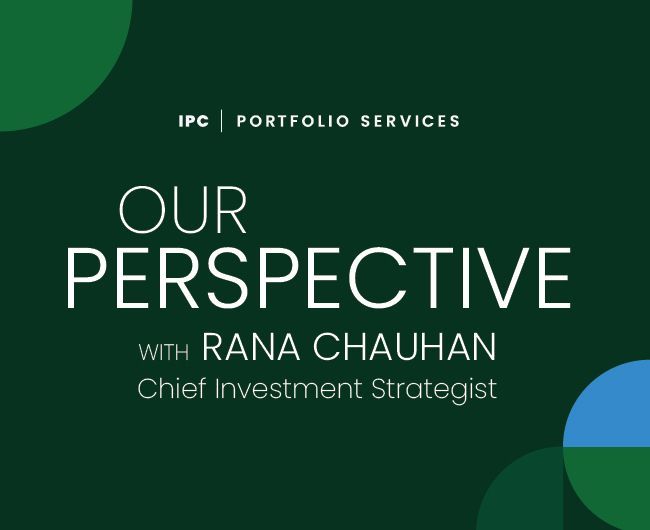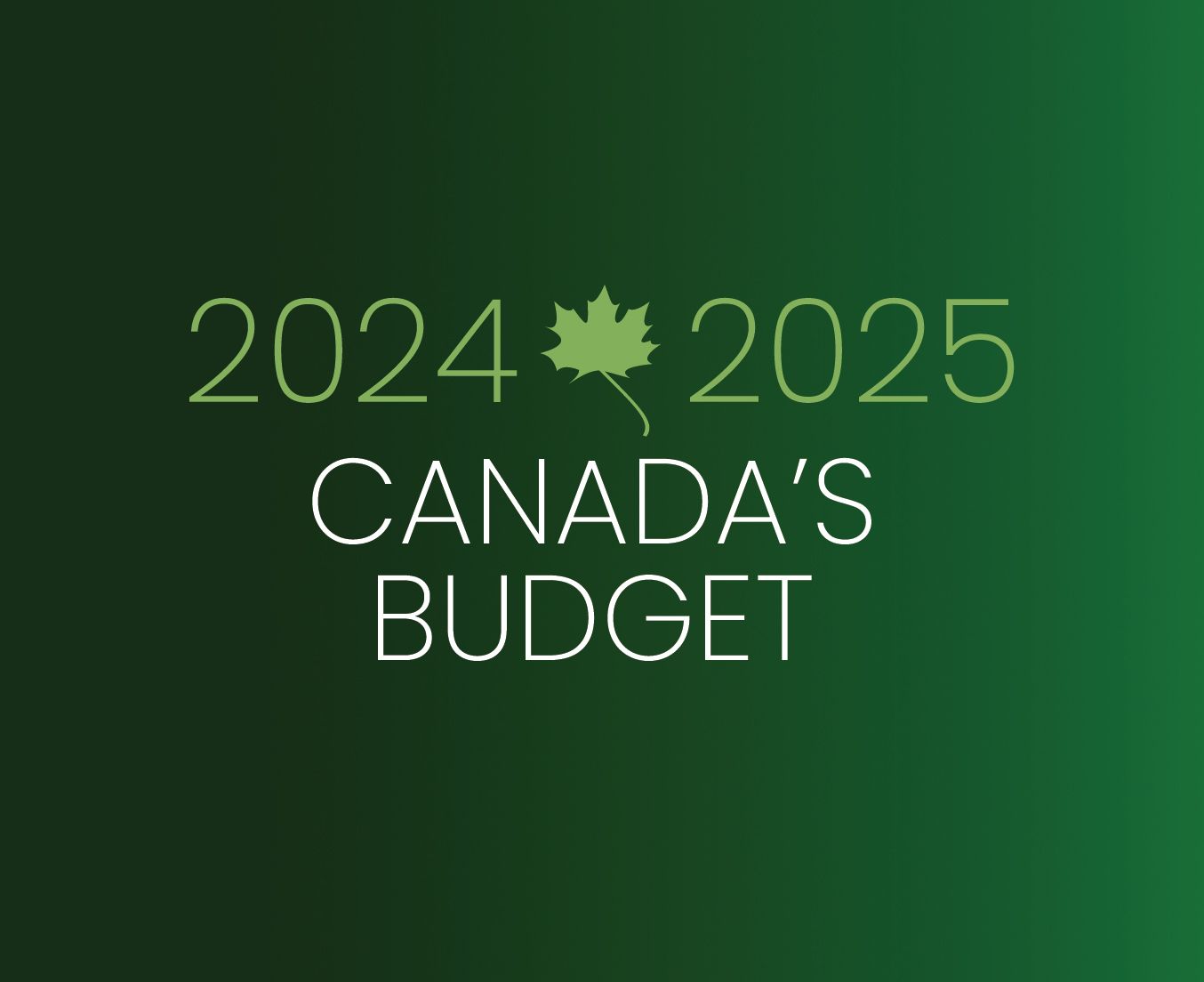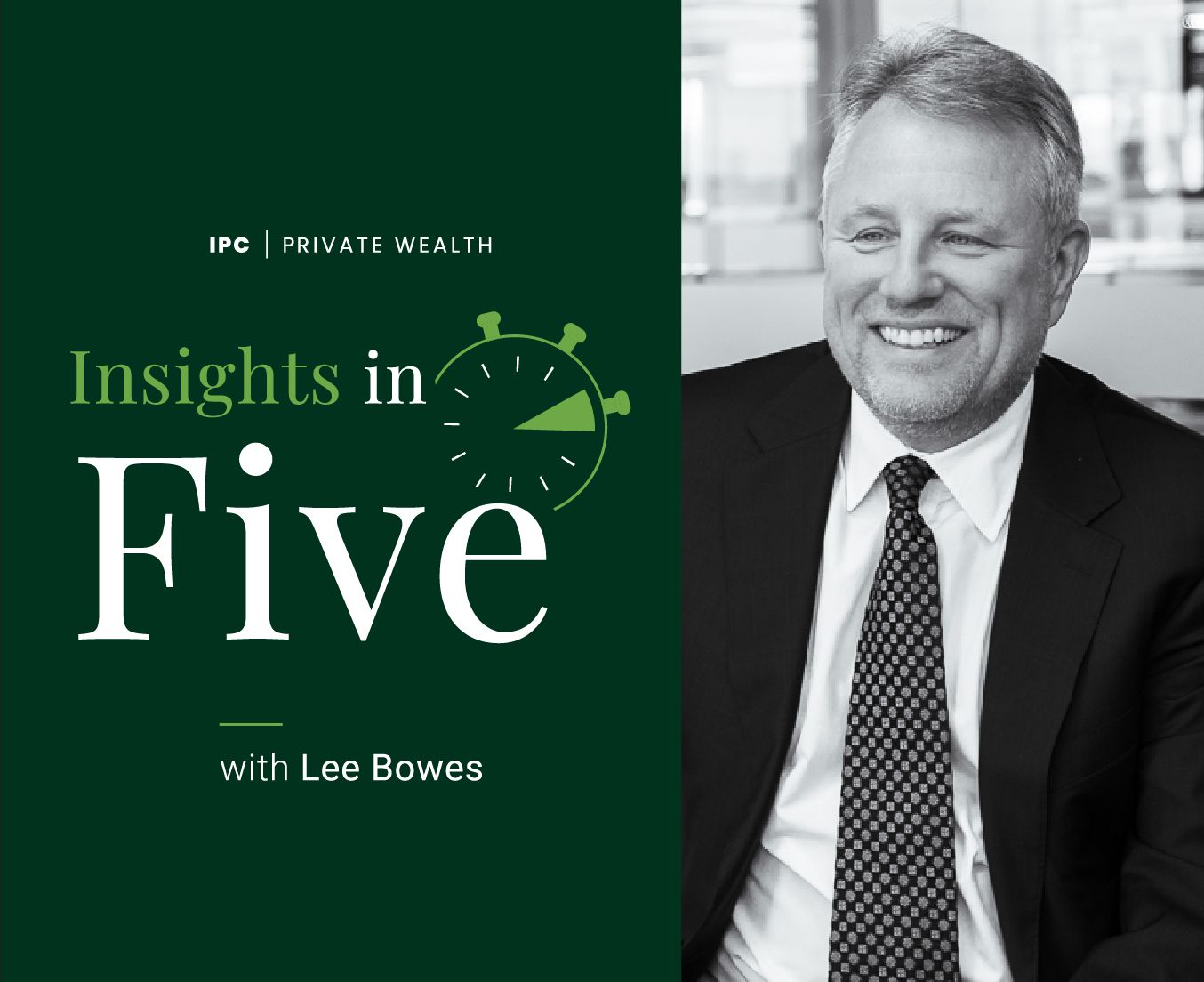Julia’s perspective: “As a planner, my job is to listen very well to what my client’s priorities are and help them steer their plans and maximize all opportunities available to them. That means I will challenge a client’s ideas, like the concern that paying more tax in retirement is inevitable or unavoidable, or that what your neighbour has done with their portfolio in retirement is right for you, too. The strategy we come up with is for you and based on your needs and goals.”
The transition from work to retirement is also a transition for your investment portfolio. Instead of contributing to savings every month, retirement means starting to withdraw from savings – and that means paying close attention to how much is left after income taxes are paid.
That was the big concern Barry and Barb Gilden brought to their IPC financial advisor, Julia Easey, in Simcoe, Ontario.
Barry & Barb’s question:
How could they minimize the tax they’d pay on their
retirement income? With her guidance, a clear investment strategy and the effective tax management of their portfolios, Julia helped the couple keep their tax bill in check and maintain their standard of living.
The Goal: Reduce the Impact of Taxes on Portfolio Withdrawals
When Julia, a Certified Financial Planner, first started advising Barry and Barb, the couple were in their mid-50s and still working. Barry was an Engineer at a major utility company while Barb worked in the hospitality industry.
Barry had a defined-benefit pension plan, and both Barb and he had contributed to their Registered Retirement Savings Plans (RRSPs) over the years. They also had savings in Tax-Free Savings Accounts and some non-registered investments.
When the couple thought about retirement, they were worried that Barry’s defined-benefit pension income plus their RRSP withdrawals might result in a large tax bill – perhaps higher than in their working years.
The Plan: Minimize Tax; Maximize Income
After evaluating their personal financial situation and understanding their objectives, Julia recommended a combination of strategies to help ensure Barry and Barb could keep more of their income and meet their financial goals in retirement.
Julia put in place a retirement income plan that:
- allowed Barry to retire at 58,
- manages the couple’s tax payable on withdrawals, and
- ensures their portfolio will continue to grow and meet their financial legacy goals.
The Plan in Action: Income Splitting, Avoiding Clawbacks; Positioning for Tax-free investment growth
First, Julia let Barry know that the income from his defined-benefit pension plan qualified for pension income splitting with Barb.
Pension income splitting means that Barry can allocate, for tax purposes, up to half of the income from his defined-benefit pension to be taxed on Barb’s tax return. This single strategy meant that the couple’s tax situation was already more beneficial than during their working years when Barry’s salary was taxed only on his income tax return.
Then, in each year of their retirement, Julia will work with the couple to withdraw funds from their RRSPs to meet their spending needs and slowly reduce the amounts in their registered accounts. Using this strategy meant that none of their Old Age Security benefits were clawed back when they hit age 65 and qualified for OAS.
By implementing a combination of personalized strategies, Barry and barb were able to lower their overall tax bill in retirement.
Next, when Barb’s RRSP was fully withdrawn, Julia converted Barry’s RRSP to a Registered Retirement Income Fund (RRIF). This change meant that Barry’s RRIF was now eligible for income splitting with Barb, just as his defined-benefit pension income had been earlier, reducing the tax payable on withdrawals.
Meanwhile, Julia invested their Tax-Free Savings Accounts and non-registered accounts into highly tax-efficient investment portfolios so those accounts can continue to grow with minimal tax consequences. These accounts are intended to meet Barry and Barb’s financial legacy goals, including making financial gifts to their children and grandchildren.
Finally, Julia established a transparent investment fee arrangement for the couple, allowing them to deduct the investment fees from their non-registered portfolio. This arrangement also increases the tax efficiency of their portfolio.
These strategies combined to produce a tax-efficient retirement income plan for Barb and Barry – allowing them to decrease their overall tax bill in retirement, compared to during their working years.
Today, at ages 71 and 69, Barry and Barb can look back at over ten years of tax-efficient retirement income strategies, secure in the knowledge that they’ve minimized the tax they’ve paid in retirement while meeting all of their other financial goals.
Barry & Barb’s insight: “Julia’s planning helped us understand the benefits of addressing our retirement tax liabilities. It’s an area we had not considered before working with her. Overall, we believe this has saved us and our future estate tens of thousands of dollars.”

Talk to us about your retirement plan and put your concerns to rest.

Investment Planning Counsel




